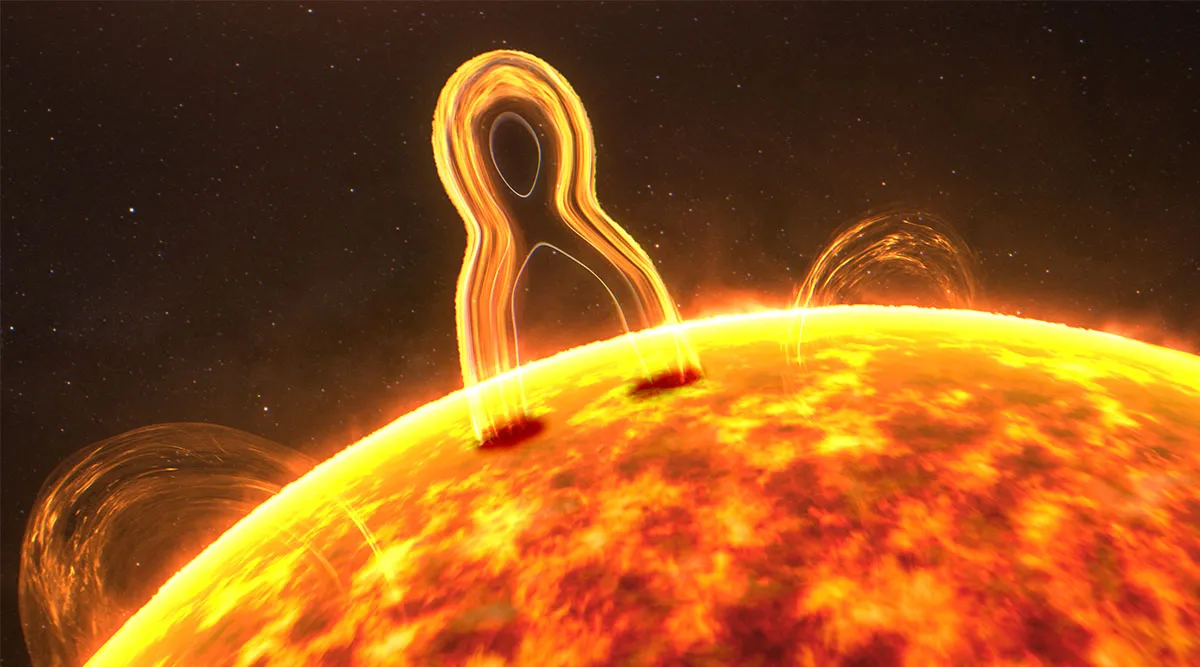In the span of a few minutes, a solar flare can release enough energy to power the whole world for over 20,00 years. These flares are triggered by a process called magnetic reconnection, a phenomenon that scientists have been trying to understand for more than half a century. Fully understanding it can give new insights into nuclear fusion and will also help provide better predictions for solar particle storms that can affect technology here on Earth.
Now scientists with NASA’s Magnetospheric Multiscale Mission (MMS) may have finally figured out this puzzle. They have developed a theory for how the most explosive type of magnetic reconnection–called fast magnetic reconnection–happens and how it takes place at such a consistent speed.
The scientists have published their research in an article titled, “First-principles theory of the rate of magnetic reconnection in magnetospheric and solar plasmas,” in the Nature Communications Physics journal.
According to the new theory developed by them, fast reconnection is likely sped up by the Hall Effect. The Hall effect describes how voltage differences are produced across a conductor when it is subjected to a magnetic field applied in a certain way. This phenomenon is used in a lot of everyday technology, including the sensor in your phone that knows to switch off the screen when its cover is closed.
According to the theory, charged particles in a plasma stop moving as a group during fast magnetic reaction and begin moving separately, giving rise to the hall Hall effect, which leads to the creation of an energy vacuum. The magnetic fields around this energy vacuum apply pressure to it, causing it to implode. This releases large amounts of energy at a predictable rate.
MMS will use four spacecrafts flown around the Earth in a pyramid formation to test this theory. With these spacecrafts, MMS can study magnetic reconnection in plasma at a higher resolution than would have been possible on earth
!function(f,b,e,v,n,t,s)
{if(f.fbq)return;n=f.fbq=function(){n.callMethod?
n.callMethod.apply(n,arguments):n.queue.push(arguments)};
if(!f._fbq)f._fbq=n;n.push=n;n.loaded=!0;n.version=’2.0′;
n.queue=[];t=b.createElement(e);t.async=!0;
t.src=v;s=b.getElementsByTagName(e)[0];
s.parentNode.insertBefore(t,s)}(window, document,’script’,
‘https://connect.facebook.net/en_US/fbevents.js’);
fbq(‘init’, ‘444470064056909’);
fbq(‘track’, ‘PageView’);








